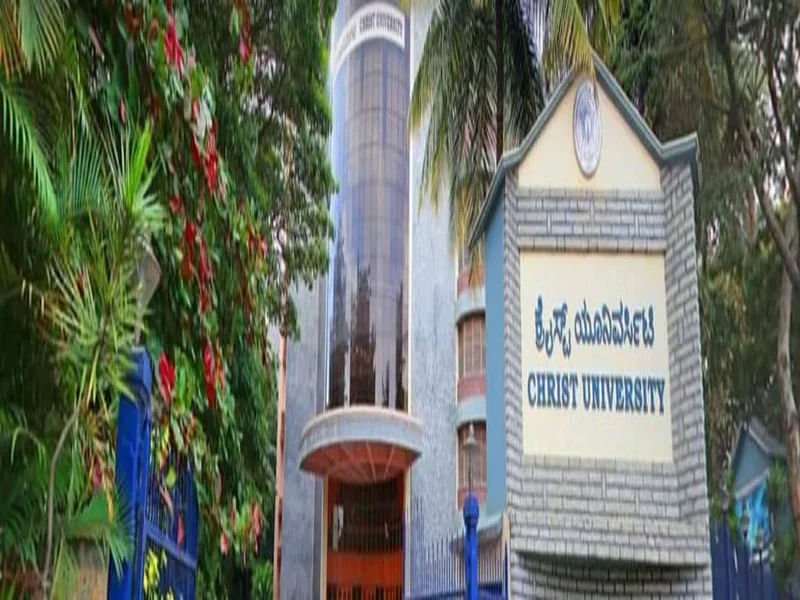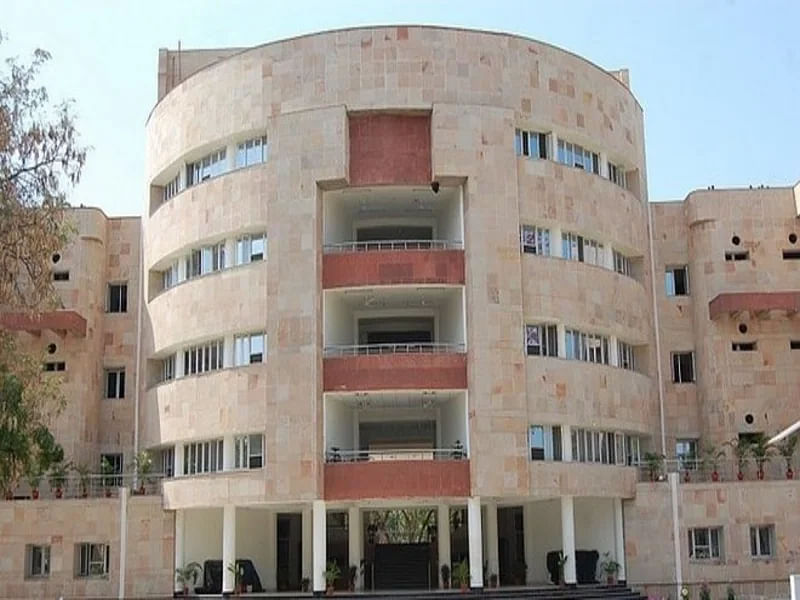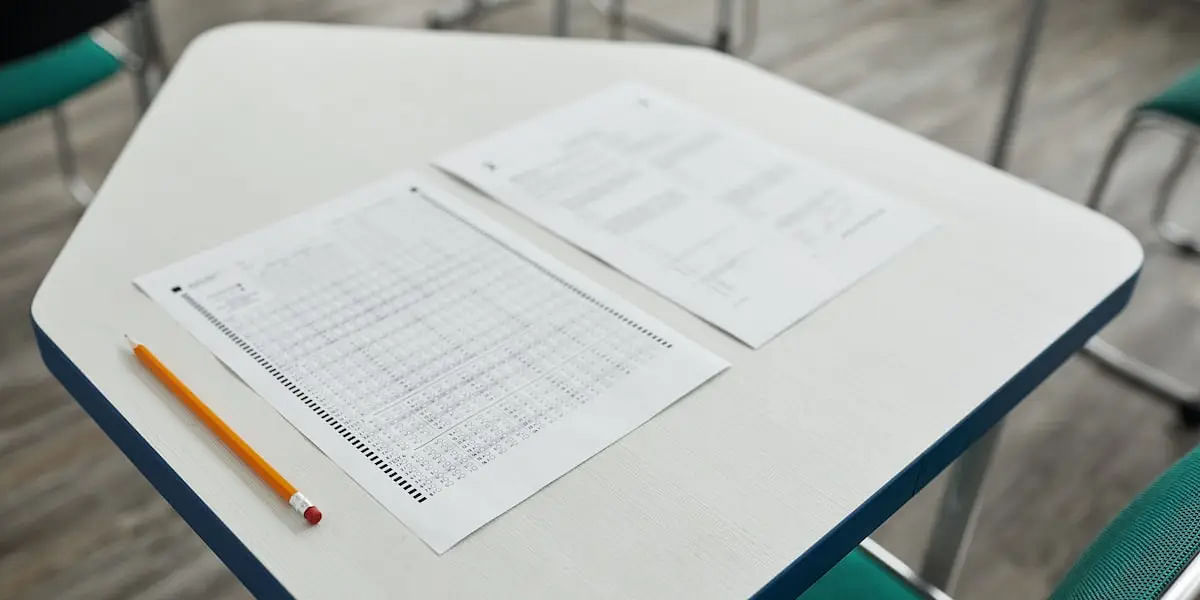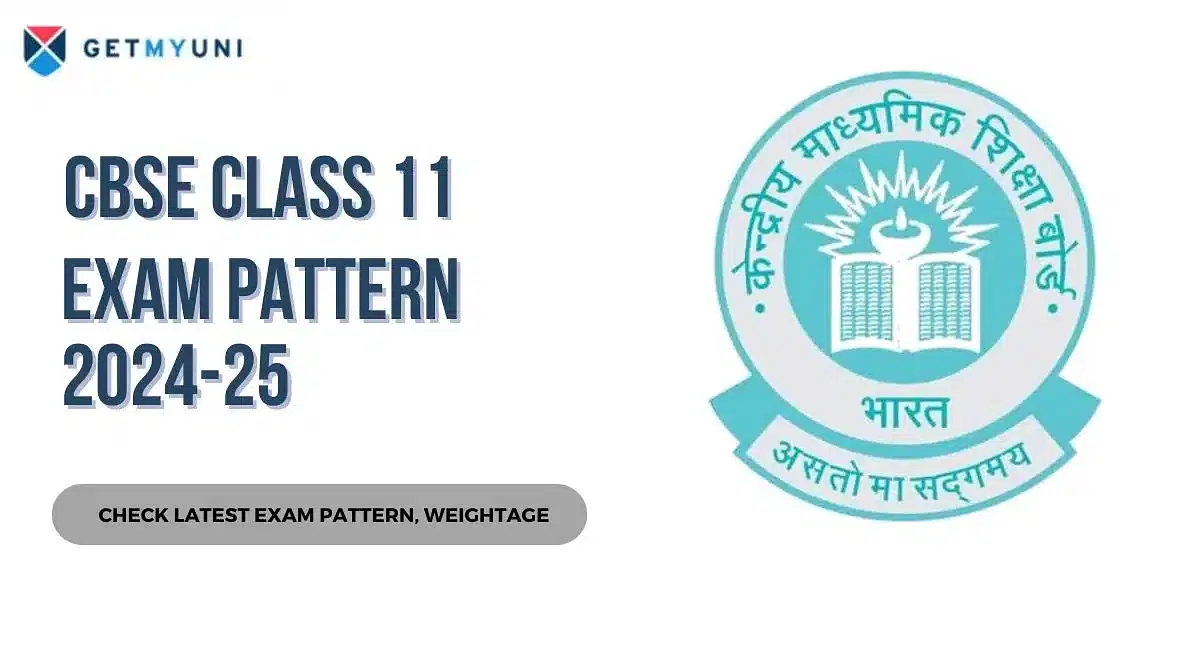CBSE Class 12 Chemistry Latest Syllabus 2025-26: Download Latest and Revised CBSE Class 12th Chemistry Syllabus PDF
Table of Contents
The CBSE Class 12th Chemistry Syllabus 2025-26 includes ten units. Topics include Solutions, Electrochemistry, Haloalkanes, Haloarenes and more. Students must know the syllabus to plan for the academic year and ace the CBSE 12th board exam. The Chemistry syllabus of CBSE 12th will also help students prepare for competitive exams like JEE, NEET, etc.
The CBSE Class 12th Chemistry Syllabus 2025-26 consists of the course structure, unit-wise mark distribution, evaluation scheme for practical examinations, practical experiments, etc. Students can also check the steps to download the CBSE Class 12th Chemistry Syllabus 2025-26 from here.
CBSE Class 12th Chemistry Syllabus 2025-26
The CBSE 12th Chemistry theory exam consists of 70 marks. The rest of the 30 marks are assigned for the internal evaluation. The ten units under the theory exam and 11 chapters assigned for the practical syllabus are provided in a detailed way with subtopics for each chapter under the CBSE 12th Chemistry Syllabus 2025-26. The syllabus is available in PDF format for students to review and prepare for board exams accordingly.
| Particulars | PDF Link |
| CBSE class 12th Chemistry Syllabus 2025-26 | Download Now |
CBSE Class 12th Chemistry Syllabus 2025-26: Chapter-Wise Topics (Theory)
Candidates must first learn of the units and topics included in the CBSE Class 12th Chemistry Syllabus 2025-26. All topics must be studied under the prescribed CBSE Class 12th Chemistry Syllabus 2025-26 to score well in the Board examinations.
Unit I - Solutions
- Types of solutions, expression of concentration of solutions of solids in liquids, solubility of gases in liquids, solid solutions, Raoult's law.
- Colligative properties - relative lowering of vapour pressure, elevation of boiling point, depression of freezing point, osmotic pressure, determination of molecular masses using colligative properties, abnormal molecular mass, Van't Hoff factor.
Unit II - Electrochemistry
- Redox reactions, EMF of a cell, standard electrode potential, Nernst equation and its application to chemical cells, Relation between Gibbs energy change and EMF of a cell, conductance in electrolytic solutions, specific and molar conductivity, variations of conductivity with concentration.
- Kohlrausch's Law, electrolysis and law of electrolysis (elementary idea), dry cell-electrolytic cells and Galvanic cells lead accumulator, fuel cells, corrosion.
Unit III - Chemical Kinetics
- Rate of a reaction (Average and instantaneous), factors affecting rate of reaction: concentration, temperature, catalyst, order and molecularity of a reaction.
- Rate law and specific rate constant, integrated rate equations and half-life (only for zero and first order reactions), concept of collision theory (elementary idea, no mathematical treatment), activation energy, Arrhenius equation.
Unit IV - D and F Block Elements
- General introduction, electronic configuration, occurrence and characteristics of transition metals, general trends in properties of the first-row transition metals – metallic character, ionization enthalpy, oxidation states, ionic radii, colour, catalytic property, magnetic properties, interstitial compounds, alloy formation, preparation and properties of K2Cr2O7 and KMnO4.
- Lanthanoids – Electronic configuration, oxidation states, chemical reactivity and lanthanoid contraction and its consequences. Actinoids - Electronic configuration, oxidation states and comparison with lanthanoids.
Unit V - Coordination Compounds
- Coordination compounds - Introduction, ligands, coordination number, colour, magnetic properties and shapes, IUPAC nomenclature of mononuclear coordination compounds. Bonding, Werner's theory, VBT, and CFT; structure and stereoisomerism, the importance of coordination compounds (in qualitative analysis, extraction of metals and biological system).
Unit VI - Haloalkanes and Haloarenes
- Haloalkanes: Nomenclature, nature of C–X bond, physical and chemical properties, optical rotation mechanism of substitution reactions.
- Haloarenes: Nature of C–X bond, substitution reactions (Directive influence of halogen in monosubstituted compounds only). Uses and environmental effects of - dichloromethane, trichloromethane, tetrachloromethane, iodoform, freons, DDT.
Unit VII - Alcohols, Phenols and Ethers
- Alcohols: Nomenclature, methods of preparation, physical and chemical properties (of primary alcohols only), identification of primary, secondary and tertiary alcohols, mechanism of dehydration, and uses with special reference to methanol and ethanol.
- Phenols: Nomenclature, methods of preparation, physical and chemical properties, acidic nature of phenol, electrophilic substitution reactions, uses of phenols.
- Ethers: Nomenclature, methods of preparation, physical and chemical properties, uses
Unit VIII - Aldehydes, Ketones and Carboxylic Acids
- Aldehydes and Ketones: Nomenclature, nature of carbonyl group, methods of preparation, physical and chemical properties, mechanism of nucleophilic addition, reactivity of alpha hydrogen in aldehydes, uses.
- Carboxylic Acids: Nomenclature, acidic nature, methods of preparation, physical and chemical properties; uses.
Unit IX - Amines
- Amines: Nomenclature, classification, structure, methods of preparation, physical and chemical properties, uses, and identification of primary, secondary and tertiary amines.
- Diazonium salts: Preparation, chemical reactions and importance in synthetic organic chemistry
Unit X - Biomolecules
- Carbohydrates: Classification (aldoses and ketoses), monosaccharides (glucose and fructose), D-L configuration oligosaccharides (sucrose, lactose, maltose), polysaccharides (starch, cellulose, glycogen); Importance of carbohydrates.
- Proteins: Elementary idea of - amino acids, peptide bonds, polypeptides, proteins, structure of proteins - primary, secondary, tertiary structure and quaternary structures (qualitative idea only), denaturation of proteins; enzymes.
- Hormones - Elementary idea excluding structure.
- Vitamins - Classification and functions. Nucleic Acids: DNA and RNA.
Also Check: CBSE Class 12 Syllabus 2025-26
CBSE Class 12th Chemistry Marks Distribution (Theory)
The Chemistry paper is conducted for three hours and carries 70 marks. The CBSE Class 12th Chemistry Syllabus 2025-26 is mentioned in the table below.
| Unit | Marks |
| Unit I - Solutions | 7 |
| Unit II - Electrochemistry | 9 |
| Unit III - Chemical Kinetics | 7 |
| Unit IV - D and F Block Elements | 7 |
| Unit V - Coordination Compounds | 7 |
| Unit VI - Haloalkanes and Haloarenes | 6 |
| Unit VII - Alcohols, Phenols and Ethers | 6 |
| Unit VIII - Aldehydes, Ketones and Carboxylic Acids | 8 |
| Unit IX - Amines | 6 |
| Unit X - Biomolecules | 7 |
| Total | 70 |
CBSE Class 12th Chemistry Syllabus 2025-26: Chapter-Wise Topics (Practical)
The Board has also released the practical CBSE Class 12th Chemistry Syllabus 2025-26 for students taking the 30-mark practical exams. Students must prepare on the following topics for this section.
Surface Chemistry
- (a) Preparation of one lyophilic and one lyophobic sol Lyophilic sol - starch, egg albumin and gum Lyophobic sol - aluminium hydroxide, ferric hydroxide, arsenous sulphide.
- (b) Dialysis of sol-prepared in (a) above.
- (c) Study of the role of emulsifying agents in stabilizing the emulsion of different oils.
Chemical Kinetics
- (a) Effect of concentration and temperature on the rate of reaction between Sodium Thiosulphate and Hydrochloric acid.
- (b) Study of reaction rates of any one of the following:
- (i) Reaction of Iodide ion with Hydrogen Peroxide at room temperature using different concentrations of Iodide ions.
- (ii) Reaction between Potassium Iodate, (KIO3) and Sodium Sulphite: (Na2SO3) using starch solution as an indicator (clock reaction).
Thermochemistry
- Any one of the following experiments (a) Enthalpy of dissolution of Copper Sulphate or Potassium Nitrate.
- (b) Enthalpy of neutralization of strong acid (HCl) and strong base (NaOH).
- (c) Determination of enthalpy change during interaction (Hydrogen bond formation) between Acetone and Chloroform.
Electrochemistry
- Variation of cell potential in Zn/Zn2+|| Cu2+/Cu with change in concentration of electrolytes (CuSO4 or ZnSO4) at room temperature.
Chromatography
- (a) Separation of pigments from extracts of leaves and flowers by paper chromatography and determination of Rf values.
- (b) Separation of constituents present in an inorganic mixture containing two cations only (constituents having large differences in Rf values to be provided).
Preparation of Inorganic Compounds
- Preparation of double salt of Ferrous Ammonium Sulphate or Potash Alum.
- Preparation of Potassium Ferric Oxalate.
Preparation of Organic Compounds
- Preparation of any one of the following compounds
- i) Acetanilide
- ii) Di -benzalAcetone
- iii) p-Nitroacetanilide
- iv) Aniline yellow or 2 - Naphthol Anilinedye
Tests for the functional groups present in organic compounds
- Unsaturation, alcoholic, phenolic, aldehydic, ketonic, carboxylic and amino (Primary) groups
Characteristic tests of carbohydrates, fats and proteins - in pure samples and their detection in given foodstuffs.
Determination of concentration/ molarity of KMnO4 solution by titrating it against a standard solution of:
- (a) Oxalic acid
- (b) Ferrous Ammonium Sulphate (Students will be required to prepare standard solutions by weighing themselves).
Qualitative analysis
- Determination of one anion and one cation in a given salt Cation:
- Pb2+, Cu2+ As3+, Aℓ3+, Fe3+, Mn2+, Zn2+, Ni2+, Ca2+, Sr2+, Ba2+, Mg2+, NH4 + Anions: (CO3) 2-, S2-, (SO3) 2-, (NO2) -, (SO4) 2-, Cℓ-, Br-, I-, (PO4) 3-, (C2O4) 2-, CH3COO-, NO3 - (Note: Insoluble salts excluded)
CBSE Class 12th Chemistry Practicals Marks Distribution (Practical)
CBSE Class 12th Chemistry Syllabus 2025-26 consists of an evaluation scheme for practical exams and practical experiments. Practical exams will be conducted for 3 hours and will carry 30 marks, and students have to perform practical experiments and answer viva questions to score well in the practical exams.
| Evaluation Scheme for Examination | Marks |
| Volumetric Analysis | 08 |
| Salt Analysis | 08 |
| Content-Based Experiment | 06 |
| Project Work | 04 |
| Class record and viva | 04 |
| Total | 30 |
Steps to Download CBSE Class 12th Chemistry Syllabus 2025-26
In summary, candidates can note the important steps to download the CBSE Class 12th Chemistry Syllabus 2025-26 online.
- Firstly, candidates must go to the official website.
- Next, they must go to the curriculum tab from the homepage.
- Further, students must choose the Senior Secondary Curriculum option and select Academic Electives - Group A.
- Next, they must click on the "CBSE Class 12th Chemistry Syllabus 2025-26" PDF option.
- Lastly, candidates must download and save it.







![Motilal Nehru National Institute of Technology, [MNNIT] Allahabad](https://media.getmyuni.com/azure/college-image/small/motilal-nehru-national-institute-of-technology-mnnit-allahabad.webp)






























